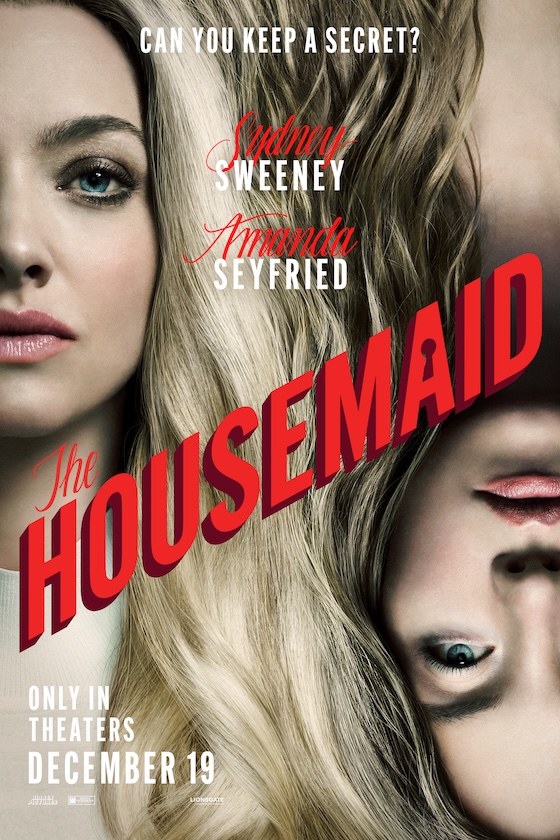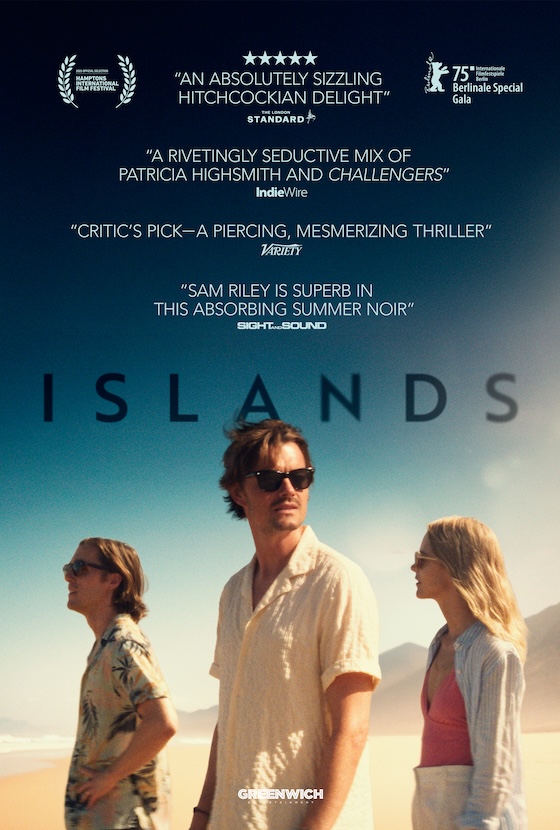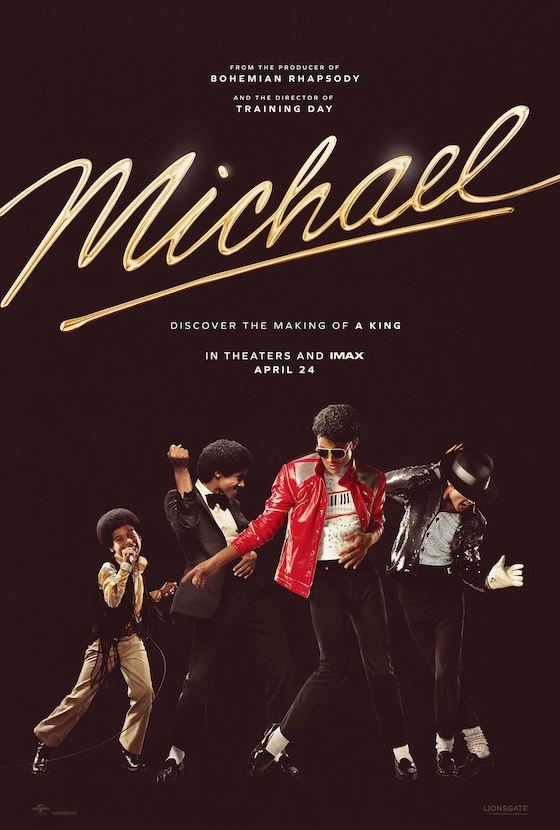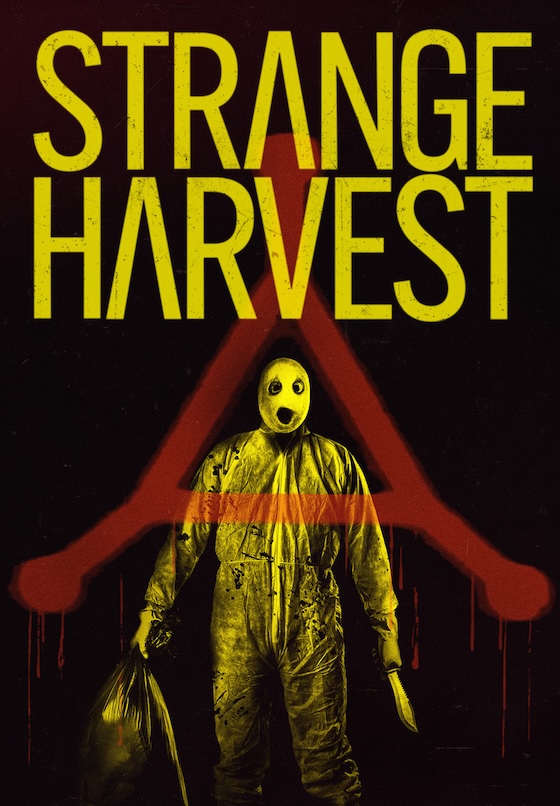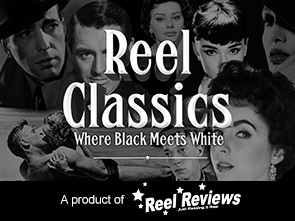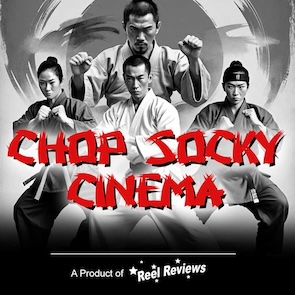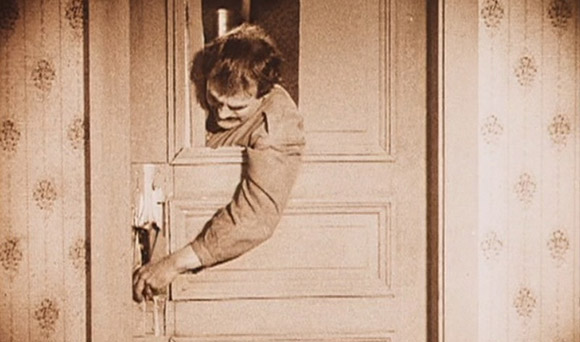
![]()
With faces frozen in horror, Death’s carriage arrives for the terrible soul of David Holm. A reckless sinner, fouled with drink and consumption, and responsible for a great many grievances and other human suffering is Holm and it seems Death, that strict master, is the only one who can command his attention. This is the haunting territory of writer/director/actor Victor Sjöström’s boldly inventive The Phantom Carriage. Filmed in 1921 and responsible for writer/director for Ingmar Bergman’s film career, The Phantom Carriage is a hugely influential tale about death among the diseased and dreaming; it is also the film that the late Stanley Kubrick doesn’t want you to see.
Because America was building its film legacy on genre pieces (comedy and melodrama) during this time period in film history, early Swedish cinema tackled well-known folk tales and other tales of the supernatural with their cameras. Why compete with the likes of Buster Keaton and D.W. Griffiths when there were stranger and darker tales to tell that offered a wholly unique landscape and atmosphere? Sjöström had already established his national voice in three other films that had yet to garner an international identity, but it would be this film, an adaptation of the novel Körkarlen by Nobel-prize winning Swedish author Selma Lagerlöf that would carry his name on into immortality.
In this inventive and breathtaking visually loaded film, Sjöström is Holm; held captive by Death Carriage’s first rider (Olof Ås) on New Year’s Eve, he is forced to revisit the cruelty he is responsible for toward his wife (Hilda Borgström), his kids, friends, and even a Salvation Army worker (Astrid Holm) who is secretly in love with him. It seems he also has a promise to keep to the Salvation Army worker; a promise that might just save his soul from the reigns of Death’s carriage as the night progresses and the doom of his own actions closes in.
Full of spectacular moments of dark occultism and rich mysticism, the narrative – also written by Sjöström – might borrow more than a few themes from Charles Dickenson, but levels them off with a wholly original take on the many legends surrounding Death’s carriage and sole purpose. There are also a whole slew of incredible and groundbreaking effects from the minds of cinematographer Julius Jaenzon and lab executive Eugén Hellman. The use of in-camera double exposure is handled with subtle strokes and makes the revolution it ignited more of a method rather than a moment. Several scenes use the transparency of Death as he crosses the ocean to fish for bodies, enters through front doors, and passes through gravestones on his way to the graveyard. Jaenzon also toys around with layering movements of both the camera and the actors; a film technique not fully embraced until cameras didn’t need to be cranked by hand.
One of the many influential scenes that catapults this film into its celebrated legacy is a sequence which sees a drunk Sjöström chasing his wife and kids with an ax around their house. Incredibly, they corner themselves in the bathroom and slam the door shut behind them. Lifting the ax above his head, Sjöström takes out the handle with a few chops and then centers the blade into the door. Yes, this is the moment that Kubrick wants you to look away. It’s recognizable and eerily off-putting; the madness isn’t just limited to The Shining it seems. It’s not Jack Nicholson smirking through the center of the bathroom door; it’s Sjöström. It’s a copped beat if ever there was and not that this type of thing doesn’t happen all of the time in film history, though.
The Phantom Carriage is a morality play; it’s also an acting tour-de-force for Sjöström. While its emotion may leave you a bit dry, the intelligence that it stirs could fill a well. Arriving on blu-ray from Criterion Collection, The Phantom Carriage is a film that certainly deserves to be celebrated and appreciated much more than it actually it. Add this to your collection and make that first step!
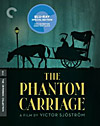 MPAA Rating: This title has not been rated by the MPAA.
MPAA Rating: This title has not been rated by the MPAA.
Director: Victor Sjöström
Writer: Victor Sjöström
Cast: Hilda Borgström; Tore Svennberg; Astrid Holm; Concordia Selander; Lisa Lundholm
Genre: Drama | Horror | Silent
Tagline: The Phantom Carriage
Memorable Movie Quote: "Oh, break me, crush me, only save these three innocent ones!."
Distributor: Metro Pictures Corporation
DVD Distributor: The Criterion Collection
Official Site: http://www.criterion.com/films/27630-the-phantom-carriage
Release Date: June 4, 1922
DVD/Blu-ray Release Date: September 27, 2011
Synopsis: The last person to die on New Year’s Eve before the clock strikes twelve is doomed to take the reins of Death’s chariot and work tirelessly collecting fresh souls for the next year. So says the legend that drives The Phantom Carriage (Körkarlen), directed by the father of Swedish cinema, Victor Sjöström. The story, based on a novel by Nobel Prize winner Selma Lagerlöf, concerns an alcoholic, abusive ne’er-do-well (Sjöström himself) who is shown the error of his ways, and the pure-of-heart Salvation Army sister who believes in his redemption. This extraordinarily rich and innovative silent classic (which inspired Ingmar Bergman to make movies) is a Dickensian ghost story and a deeply moving morality tale, as well as a showcase for groundbreaking special effects.

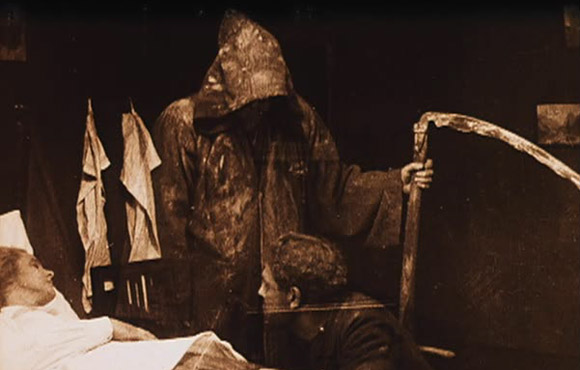
|
||||||||||||||||||
Blu-ray Details:
Available on Blu-ray - September 27, 2011
Screen Formats: 1.33:1
Subtitles: English, English SDH
Audio: HD-Master Audio Mono
Discs: Blu-ray Disc; Single disc (1 BD)
Playback: Region A
The 1080p transfer from Criterion has been culled from two separate nitrate set of prints and serve as the new master. The tinted frames are robust with color bursts and only a minimal amount of dust and spots sputter across the new transfer. The digital transfer was handled by Archival Film Collections of the Swedish Film Institute and features two full length scores, one handled by Swedish composer Matti Bye and the other an experimental piece by the electronic duo KTL.
Supplements:
Commentary:
- Recorded by film historian Casper Tyjberg, the commentary is a richly expressive track that records the films influences upon Bergman and other film auteurs. It also goes through the special effects and explains the process used to make them as magical as they are for the time period.
Special Features:
Along with a 16-page booklet and an essay written by filmmaker Paul Mayersberg, the supplemental material features an expressive interview with Ingmar Bergman about the affect the film had upon him and encouraged his desire to make films. It’s an excerpt from a longer documentary about Sjöström. There is also a visual essay about Bergman and more about its influence upon him. Rounding out the footage is a vintage look at the construction of the soundstage where the film was shot.
- Interview with Ingmar Bergman (17 min)
- The Bergman Connection (11 min)
- Archival Rasundo Construction Footage (3 min)


